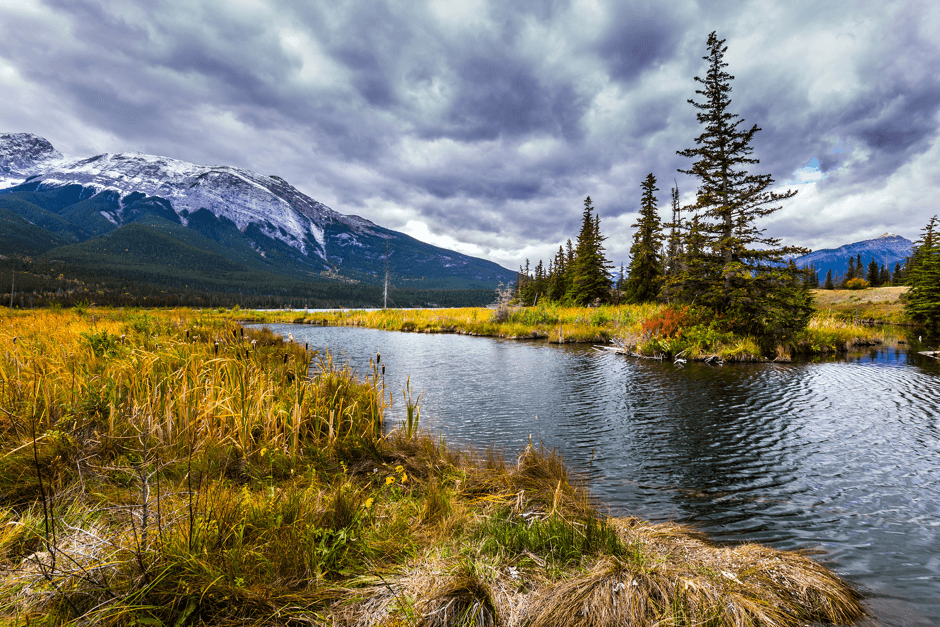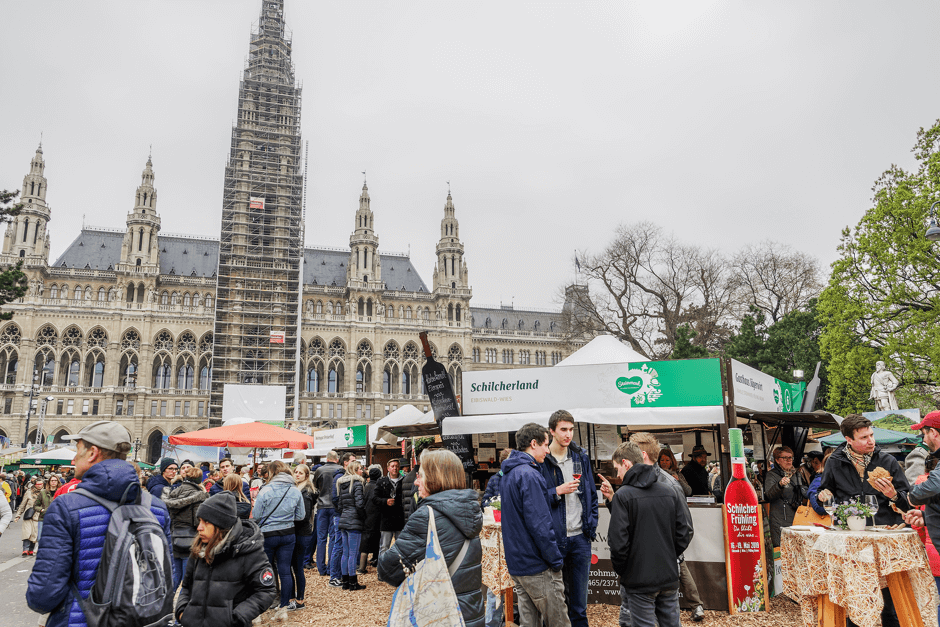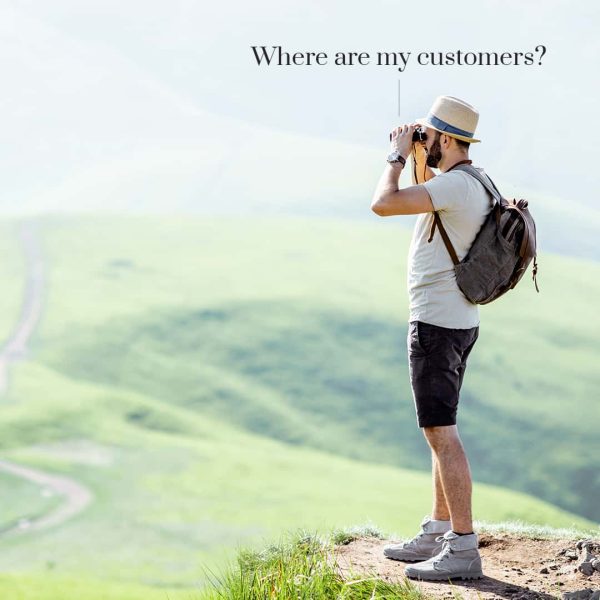
Not all stock images are as patently bad as the one above, but many of them are. With this blog post, we’d like to look at stock images and the importance of using authentic, original visual content.
We’re not saying that people working in the tours & activities sector should never use stock images, just that they should always err on the side of caution. This blog will look at some of the problems that come with using stock images and it will try to convince readers to use original images wherever possible.
Why Are Images so Important in the Tours & Activities Sector?
Good images and video are important to most industries, and to most digital marketing best practices, but they are especially important to the tourism sector. This is because people really do buy a location, a tour, or an activity based on the images available to them. When planning a holiday, we are looking for something special, with a beautiful destination. This is especially true when a tour or activity is particularly expensive, as good images (along with reviews) increase your trustworthiness — especially if the images show your guests enjoying themselves.
Good images and video are important to most industries, and to most digital marketing best practices, but they are especially important to the tourism sector. This is because people really do buy a location, a tour, or an activity based on the images available to them. When planning a holiday, we are looking for something special, with a beautiful destination. This is especially true when a tour or activity is particularly expensive, as good images (along with reviews) increase your trustworthiness — especially if the images show your guests enjoying themselves.

This preference towards visual content in the tourism sector also carries over to social media, as platforms like Instagram and Pinterest are frequently cited as people’s favourite tools for researching and planning holiday destinations. Investing in great images will not only make your website convert better, but it will also entice people on your social media platforms to visit your website. You cannot achieve the same results with stock images and we’d like to go into a few reasons why.
Your Competitors May Use the Same Stock Images

Depending on the quantity and availability of stock images in your destination or travel niche, you may not have many good stock images to choose from. This could mean that your competitors are relying on the same stock images that you are. The result is a range of product pages, blog posts, and social media posts that make you indistinguishable from your competitors.
Your Competitors May Use Original Images
Alternatively — and much more likely — your competitors may use their own original images and videos. This will mean that overusing stock images probably will set you apart from your competitors, but not in a good way. Imagine it from your potential customer’s perspective: they are considering buying your product but they are shopping around. They see the non-specific stock images on your site and they see your competitor’s site, where the images detail exactly what they can expect to see and do, and they may even show guests enjoying the experience. If you were in this potential customer’s shoes, which product would you choose?
Is It Ever Okay to use Stock Images?

The quick answer to the question above is, ‘yes, absolutely’. The longer answer is that it’s fine to use stock images in moderation, but only genuinely good images that are clearly related to your products. This is particularly relevant to blog writing, as you will need several high-quality images for each blog post, and you may not have the budget or the time to source all of your own images every time. When this happens, you should not simply use the first pretty image you find that is roughly related to your blog topic. Instead, spend an extra few minutes to find a more fitting image. Relevance to the topic will always trump aesthetics, and readers will be put off if they feel they are looking at a stock image that has little to do with the blog or guide they’re reading. Take the image above from the Steiermarkdorf Styrian Spring Festival last month. The image shows real people enjoying themselves who clearly aren’t models, and it was only taken a month ago. If you’re writing about Vienna in April or something about its festivals, then this image is completely fine to use.
Not all stock images are bad. Lots of photographers take incredible photographs and they sell them to stock image companies. It’s your job to find the best stock images to use alongside your own original images. Stock images should be a supplement to your unique visual content — not the other way around.
That’s all we have time for today. We hope we’ve convinced a few readers to be a little more discerning when using stock images and to take lots and lots of their own photos and videos. Stock images do have a place, but it’s a very small place, and anyone in the tours and activities sector should be very wary of them! If you have any questions about this topic or you would like to talk to an expert about your tourism marketing needs, please feel free to get in touch; we’re always happy to work with new brands.
Need more free advice?
Chris and his team will send you a weekly email offering high-value insight and advice about a variety of marketing and business development topics related to the tourism industry. We address specific destinations, tours and activities, and the hotel industry. We also provide important travel industry news and updates.

